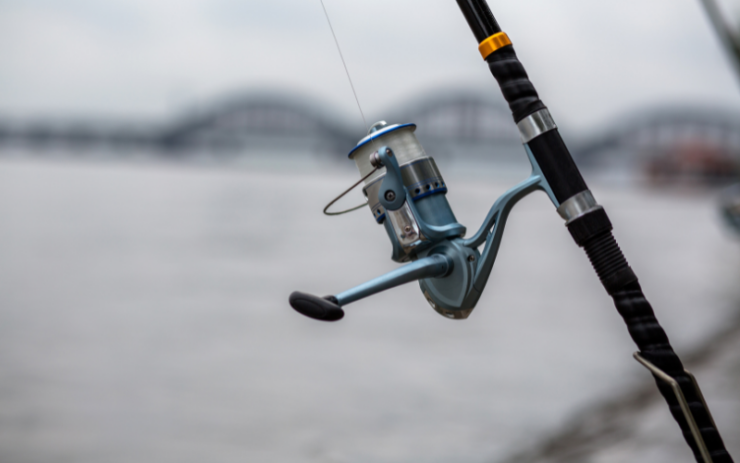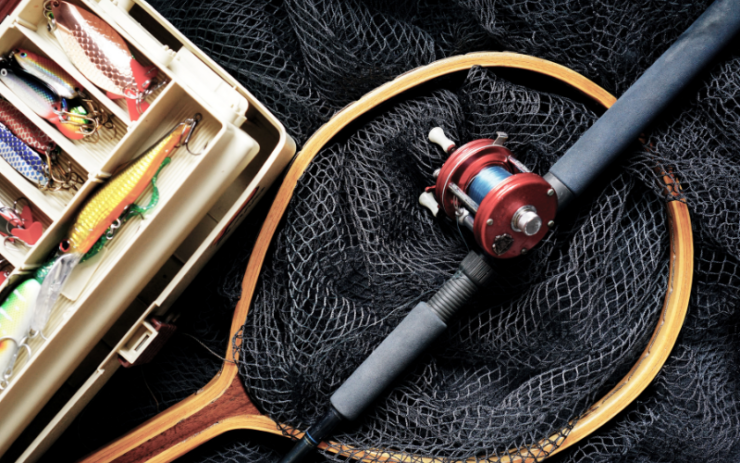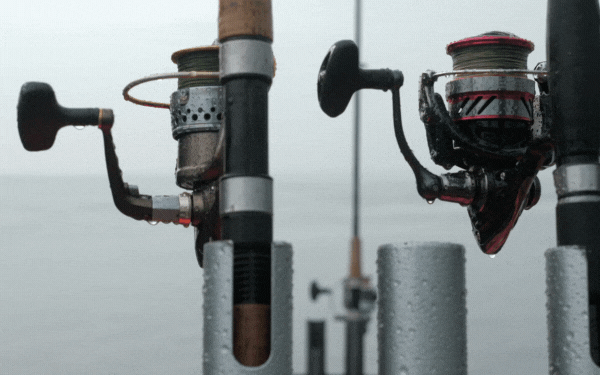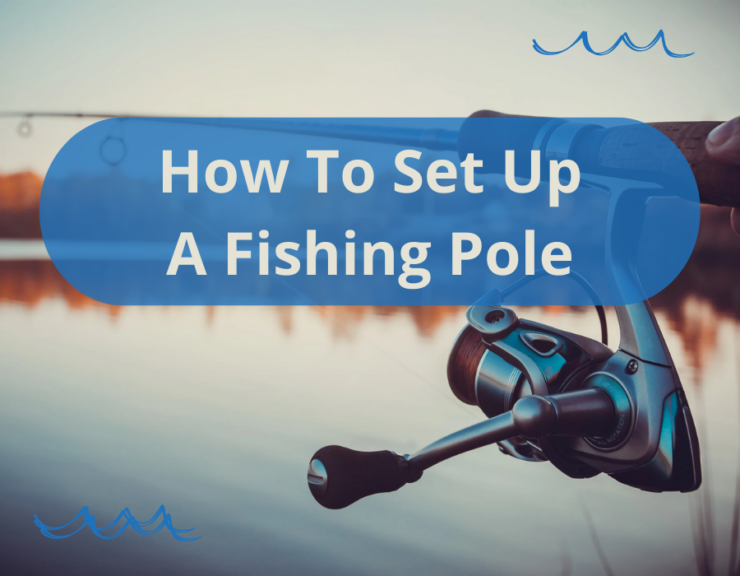Being a fisherman is fun and exciting. It is a way of life that is definitely not for everyone but those who make it their own know full well why it is so popular. An essential survival skill in the olden days as well as an enormous industry in the modern world, fishing is as important as it has ever been. While technology and way of life change, fewer and fewer things preserve their importance. Fishing is definitely one of them.
With that being said, it is of course easier to do it in this day and age than it was before, mostly because of the new and improved fishing equipment that anglers are able to use. Going to catch some fish in the year 2024 is vastly different from how it was done centuries, even decades ago.
However, some aspects are the same because they are part of the basic formula that cannot be changed. If you take out certain things, it is no longer the original activity.
One of the most essential skills that every fisherman has to have, even the absolute beginners, is how to properly set up a fishing pole. Casting can only be done when your pole is dealt with correctly and when you know what needs doing.
Once the pole is set up, you are able to do your thing and enjoy fishing in your favorite spot. Setting up a pole is easy in theory but in practice, it can get challenging. To make it simpler, we have some tips for you.
Table of Contents
ToggleWhat Does It Mean to Set Up a Pole?

Fishing poles are also referred to as rods, and they are both the most basic and the most essential tool in the wide arsenal of fisherman’s toolkits. There is no catching any sort of fish (at least not the traditional way) without having a proper pole to use.
But what does it actually mean to set it up? Well, it means to get it ready for use, to assemble it so that it can be cast into the water.
Setting up a fishing pole may also mean attaching it the right way into a holder or a mount, like with a fishing kayak for example. Experienced anglers can handle several rods at once with one actively being cast and others left in holders and tended to when the fish bites.
Unless you do it right, the rod will be pulled into the water when the fish starts pulling it. Therefore, setting up fishing poles can mean many things, but it is how you assemble them that truly counts.
Gather All the Parts
To set up a fishing pole, you must first gather all the things that make it up. The main parts of a fishing pole setup include the rod, a reel with a fishing line, and a lure. Once they come together you have a complete pole that you can use to catch fish. Before assembling it, make sure to clean the rod by wiping it with a clean cloth to remove dirt, debris, and oil. Once your gear is clean, it is time to start assembling the setup.
Bringing the Parts Together

The reel is connected to the rod by inserting the male piece of the reel inside the designated female area of the rod. Once you slide it, anchor it around until it fits in and aligns all the way. There are different mechanisms here to hold it in place.
Never force it too hard or it could damage or even break. The designed mechanism should work seamlessly and most of the rods have rotating mechanisms where the rod is held in place and the reel is rotated. This movement locks it into the rod and secures it firmly into place.
Next up, you need to thread your fishing pole by unlocking the line. This is done by lifting the bale arm and pulling the thread out. Again, it is a simple mechanism with a lock and there is a designated place on the bale arm where you should pull/push. If it is too stiff and immovable, you are not doing it right or it may be locked.
When you have the line in your hand, thread it through the ring guides on the rod. These are attached alongside the telescope section of the rod, each one smaller than the one behind it. Work your way up to the top. Once you have enough, close the bale arm by flipping it back to its original position.
Finally, you are ready to pick the lure to attach to the end of the line. This depends on numerous factors, from the environment and location to the weather conditions and the fish you want to catch. Sunny days call for silver lures as it reflects the light in the water better and attracts the fish. Cloudy days call for gold lures as they give more light when there is less sun.
There are also different types of lures, from jigs that thrive in fresh water and have feathers and metal heads, to spoon lures for fish that prey on smaller fish. All-purpose lures are fan favorites and the most common ones are spinners. Lures are attached by threading the line through and tying a knot. Make sure to fasten the knot tightly.
Holders and Mounts

You will have to do this as many times as you have rods for the day. If you plan to go kayak fishing and there are four-rod holders on your vessel, there is no reason not to use them. Set up four different poles and put them into the holders.
As you paddle around you will drag them and attract the fish. You can always have one or two in the holder while constantly casting with your main one and reeling in. The very same goes for fishing on the coastline, except that you can cover more ground and have even more rods cast into the water at once.
Adelaide Gentry, a seasoned kayaking enthusiast and expert, is the driving force behind KayakPaddling.net. With over a decade of experience navigating the world’s most challenging waterways, Adelaide combines her passion for adventure with a deep knowledge of kayaking to provide insightful and practical guidance for paddlers of all levels.
Related Posts:
- Heavy Duty Fishing: 11 Best Rods And Reels For Big Fish 2024
- 10 Best Saltwater Fishing Boats - Ultimate Angling Adventure
- 9 Best Backpacking Fishing Rods 2024 - Lightweight…
- 12 Best Fishing Lures Ever 2024 - Baits That…
- 12 Best Motorized Kayak 2024 - Start Your Aquatic Adventure!
- 10 Best Fishing Hats in 2024 - Keep Yourself Cool…












